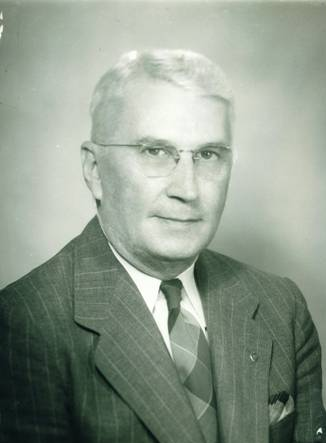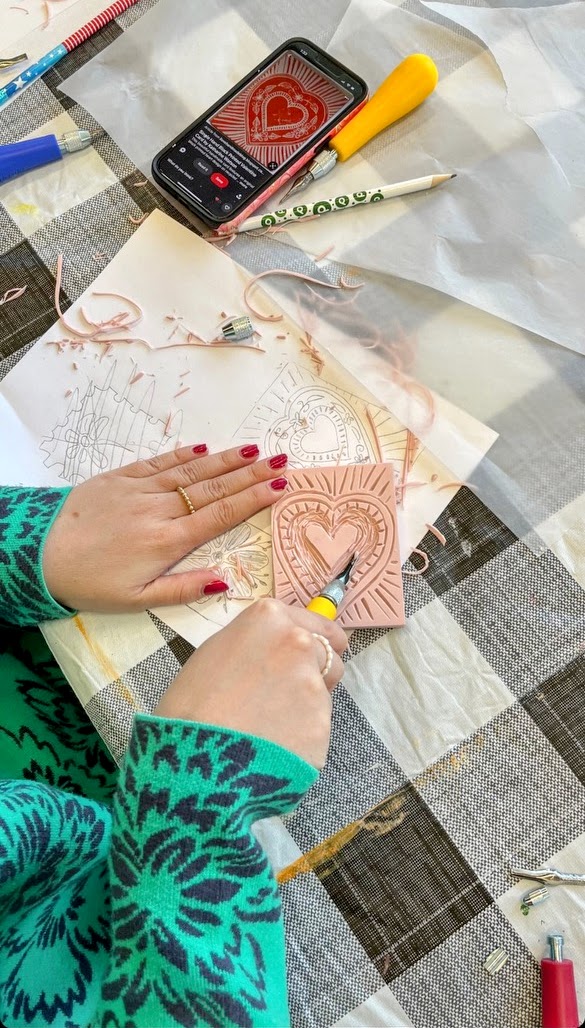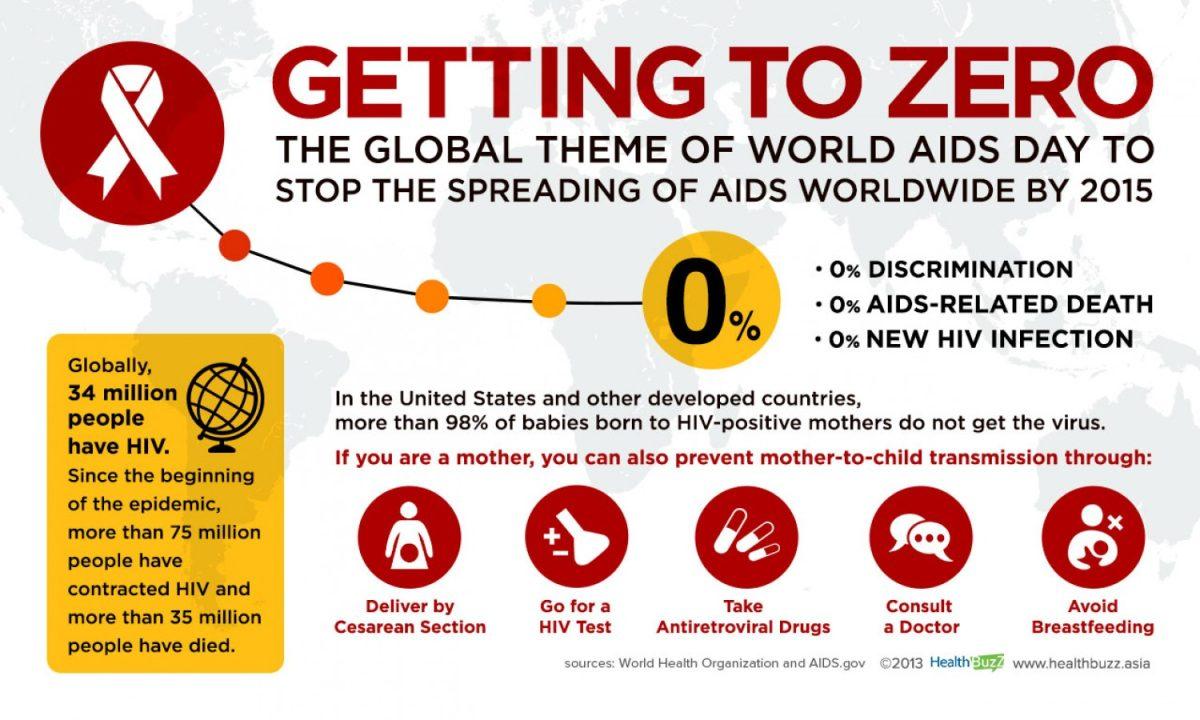THE WORLD’S FIRST GLOBAL HEALTH DAY CELEBRATES ITS 26TH YEAR OF SPREADING AWARENESS AND SUPPORT FOR AIDS—
The 26th annual World AIDS Day is Dec. 1. In 1988 it was the world’s first global health day, a day for people across the world to join together against HIV/AIDS. World AIDS is meant to show support for those who struggle with HIV/AIDS, and also to remember those who have passed from the disease. The sponsor for World AIDS Day is an organization called National AID’s Trust (NAT) in the United Kingdom. NAT emphasizes the importance for awareness of HIV/AIDS on this day, and the necessity of being educated on its transmission, prevention and the reality of living with the disease.
The organization promotes basic information such as: Human Immunodeficiency Virus (HIV) attacks the body’s immune system, it is transmitted through bodily fluids—commonly through sex without a condom, sharing infected needles, syringes or other injecting equipment. It can also be transmitted at birth.
While the organization sponsoring the event is in the United Kingdom, countries around the world are joining in on the day. On Dec 1, the Nigerian Business Coalition Against AIDS will be provisioning hematocrit (HTC) blood tests, handing out condoms fliers and encouraging sensitization on HIV and AIDS. Kenya and Jamaica have historically participated in campaigning for the day as well. This past summer, Australia held its 20th International AIDS Conference.
All across the United States, different organizations will host events and promote awareness on this day. Last year, the S.C. Department of Health and Environmental Controls (DHEC) encouraged South Carolinians to get tested.
Janet Tapp, director of DHEC’s STD/HIV Division says, “More than 15,000 people are known to be living with HIV/AIDS in South Carolina. Every county in the state has residents living with HIV, but many South Carolinians remain unaware of their HIV status because they have not received an HIV test.”
Encouraging Americans to get tested extends beyond South Carolina. In 2007, Wofford supported the day with a candlelight vigil on the seal of Old Main.
The Office of Disease Prevention and Health Promotion U.S. Department of Health and Human Services released a December National Health Observances toolkit including ways to help raise awareness and fight against AIDS. One suggestion made by the Office of Disease Prevention and Health Promotion includes utilizing social media.
The article has sample tweets, like “Have you been tested for HIV? Enter your ZIP code to find an #HIV testing center: http://1.usa.gov/9h37x0” or “Women account for about 1 out of every 4 new HIV/AIDS cases in the U.S. Learn more: http://1.usa.gov/1o3IBjb” .
Another great way to show support and raise awareness is to wear the red ribbon, which symbolizes support for those living with and passing from HIV/AIDS. The red ribbon was actually the first ever ribbon support symbol, followed by ribbons such as the pink ribbon for breast cancer. You can tweet your support by hashtagging #PutARibbonOnIt.
In recent history, AIDS plagued the United States, making Dec. 1 a particularly important day for people affected by AIDS or with loved ones affected by AIDS. The disease was first recognized in the United States in the 1980s. It was given the acronym AIDS in 1982, which stands for Acquired Immune Deficiency Syndrome. Unfortunately for early AIDS victims, there was a stigma about the disease, and little action was taken by the United States government. AIDS diagnoses in the USA had risen to 3,064 by the end of 1983, resulting in 1,292 deaths.
In 1987 after a slow approval process, the FDA released the first treatment drug for AIDS. The drug was very expensive however, and it was soon discovered that HIV could quickly become resistant to the drug. By 1993 AIDS was reported as the fourth leading cause of death among women aged 25-44 years in the USA. In the second half of the 90s the breakthrough protease inhibitor drug was discovered, and for the first time the number of AIDS deaths began dropping.
Today, there is a USA HIV/AIDS Strategy, launched in 2010. The Strategy planned to utilize the Affordable Care Act to address “Medicaid eligibility, protection for people with pre-existing condition or chronic illnesses (such as HIV/AIDS) that will allow them to access health insurance, and increased access to tax credits.” By November of last year, there were no HIV-positive people on the AIDS Drug Assistance Program waiting list for HIV treatment, as a result of a large-scale investment from the Obama Administration.
While progress has been made in the fight against AIDS, it is still important that people get tested for the disease. The stigma of AIDS still lingers today as well, and there is a campaign against the stigma called Facing AIDS. Those affected by AIDS can submit their photo to http://facing.aids.gov/ to help prevent the spread of HIV and help change the stigma of the disease.




























